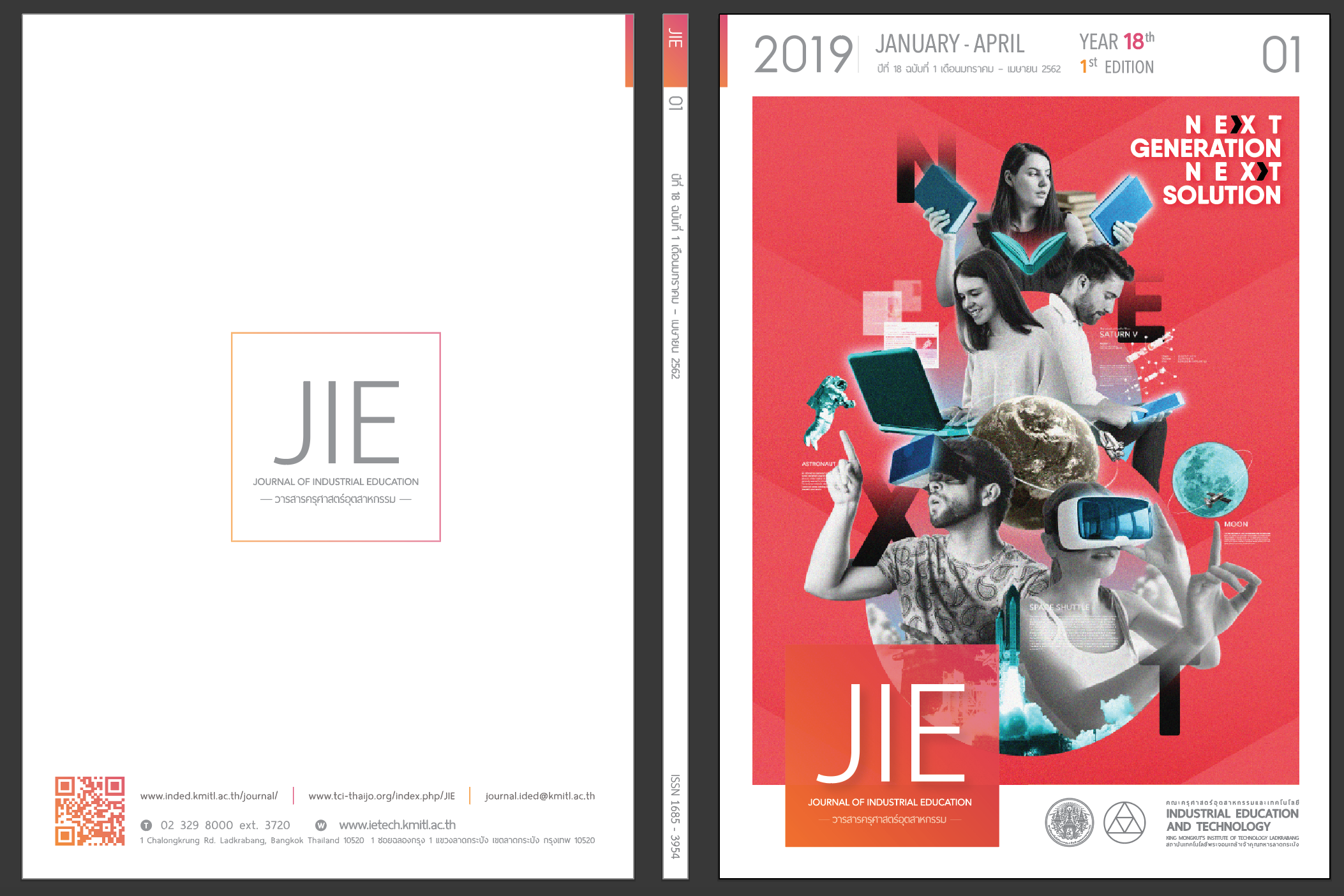A STUDY OF FACTORS AND LOCAL HANDICRAFT WISDOM OF BAMBOO WICKERWORK FOR PRODUCT DESIGN
Keywords:
Factors, Bamboo wickerwork, Local handicraft wisdom, Product design, Woven patternAbstract
The objectives of this study were 1) to study factors influencing consumers’ selection to purchase available bamboo wickerwork handicraft products. Population and sample of this study consisted of 50 individuals aged 28 years or above, who visited handicraft products from OTOP exhibitions at IMPACT Arena. The questionnaire was used as the research instrument. 2) to study local handicraft wisdom of Traditional Bamboo Handicraft Center located in Phanat Nikhom District, Chon Buri. Population and sample of this study consisted of three experts in the area of Traditional Bamboo Handicraft. Data were collected by semi-structured interview with open-ended questions. 3) To design bamboo handicraft products that would be consistent with consumers’ needs in today's society. Population and sample consisted of three handicraft designing experts. The research instrument was evaluation scale of experts’ opinions towards developed products. Data were analyzed through descriptive statistics to determine mean and standard deviation.
The results of this research indicated that the main purpose of our purchasing the product was for personal usages. The respondents appreciated beautiful pattern of wickerwork products. In terms of factors influencing the purchase of bamboo wickerwork products, product quality had the highest mean score (= 4.82) (S.D. = 0.48). Few patterns have been newly developed. For different wickerwork patterns and bag style designed by the researcher, three experts’ opinions towards the developed products could be summarized that handbag was suitable to be designed with dot pattern with the highest suitable level (
= 4.75) (S.D. = 0.36). Tote bag was suitable to be designed with bamboo leaves pattern with the highest suitable level (
= 4.83) (S.D. = 0.33) and laptop bag was suitable to be designed with flower patterns with the highest suitable level (
= 4.92) (S.D. = 0.17).
References
Lisuwan, W,1998. Thai Wicker. Bangkok: The Teachers Trade Organization.
Committee on Documentation and Archives. 2001. Historical developmental culture Identity and Wisdom Chonburi province. Bangkok: Ministry of Interior: Ministry of Education: Silpakorn University.
Jiarakul, T, 2012. Consumer Behavior and Decision Making Factors Bamboo's consumers in the Northeast. Ubon Ratchathani: Journal of the Humanities and Social Sciences Ubon Ratchathani University, 3(1), p.43-62.
Sareerat, S, 2007. Consumer Behavior. Bangkok: The Teera Film and Cigarette Company Limited.
Thanyasrisasikul, S, 1986. Design Patterns. 2nd edition. Bangkok: Odeon Store.
Phengsawat, W, 2008. The Third Research Methodology. Bangkok: Suveeriyasan.
Srisaart, B. 1992. Principles of research. 3rd edition. Bangkok: Suviriyasat.
Wongsingtong, P, 2007. Research Methodology of Product Design. Bangkok: Chulalongkorn.
Rojanakorn, A. 2015. Study and design of wooden surface patterning device. Thermal printing technique Case study: Application of local pattern. Academic Journal Architecture Naresuan University, 6(1), p.90-98.
Sikka, S, 2015. Bamboo Handicrafts Development in Northeast Thailand. Academic Journal Architecture Naresuan University, 6(1), p.110-120.
Phecharat, K, 2018. Conservation and creation of woven basketry handicrafts by bamboo woven handicraft center In Phanat Nikhom Chonburi province Veridian E-Journal, Silpakorn University, Thai version, Humanities, Social Sciences and Arts, 11(1), p.198-212.
Budwiangphan, C, 2005. Study and development of bamboo packaging machines for Spa Business. Bangkok: King Mongkut 's Institute of Technology Ladkrabang
Rawdlert, C, 2010. Study and Design of Instructionof Pla Tapien : Palmleaf Woven Art and Craft. Journal of Industrial Education, 10(3), p.54-63.
Downloads
Published
How to Cite
Issue
Section
License
"The opinions and contents including the words in papers are responsibility by the authors."
"ข้อคิดเห็น เนื้อหา รวมทั้งการใช้ภาษาในบทความถือเป็นความรับผิดชอบของผู้เขียน"



